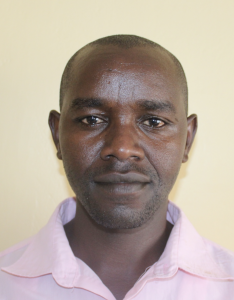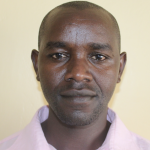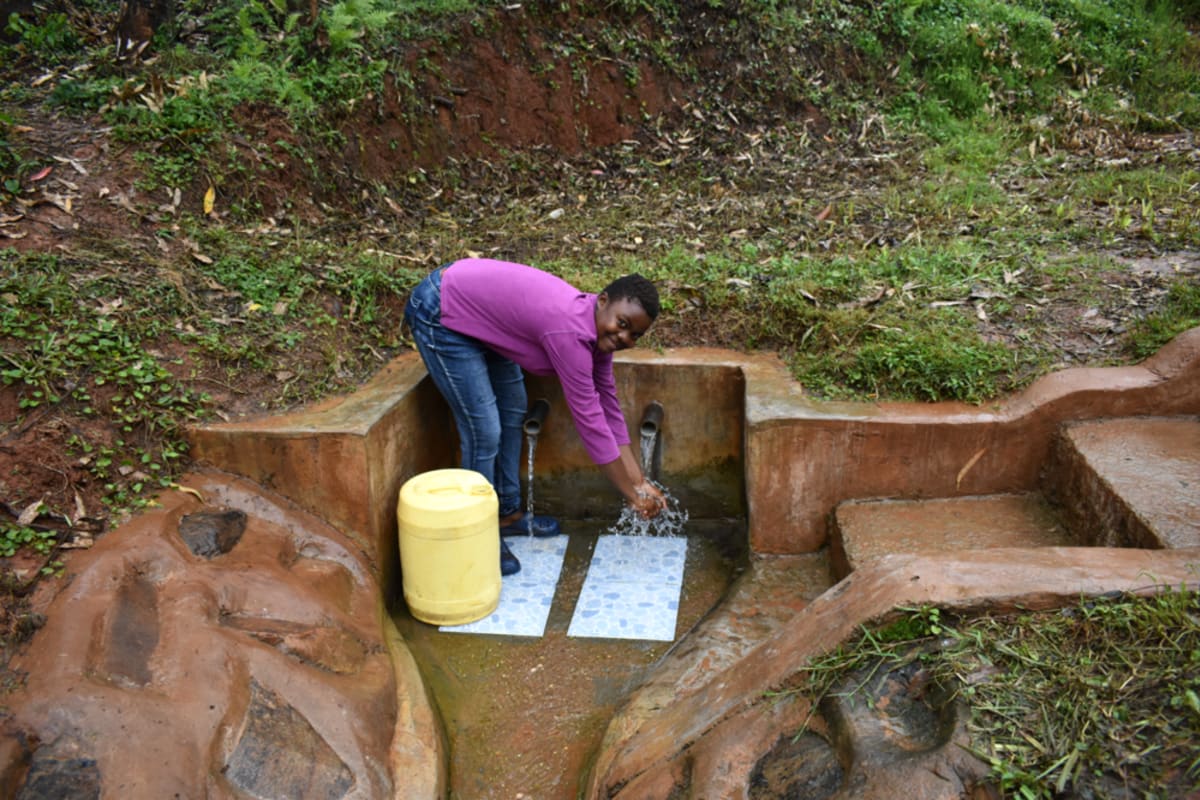Mukhunya is located in a very remote area where there is little noise; the area is far from roads and the only noise heard comes from birds singing sweet melodies to the creator for giving them their daily bread. The community is full of trees, green fields, and flowers. The buildings are mostly made of mud floors, walls, and iron-sheeted roofs.
An average family is comprised of the father, mother, and children who unite to do various endeavors like farming and household duties. The people of Mukhunya primarily farm to make a living, planting their crops during specific rainy seasons to ensure a good harvest. Harvested crops are taken to the markets, the sale of which gives the family members an opportunity to plan for expenses like school fees and health bills.
These visits to the clinic drain families' resources. The children especially suffer from illnesses that are caused by drinking dirty water. One of the main water sources is Mwore Spring, where people get water for everything from drinking to watering garden vegetables.
The water at Mwore Spring has pooled to the surface and is completely open to contamination. The water looks very dirty with lots of particles and leaves rotting in the water. Most households try to avoid this dirty water by putting out buckets for rainwater, but during the dry spells, they are forced to use Mwore Spring.
"Lack of enough safe water has led to many of us wasting resources that could have been used to improve our living standards. When sickness strikes, the workforce is cut short, leading to poor production on our small farms," said Mrs. Edith Buraji.
"I believe that when we have safe water, our children will also stay healthy as well as remain long in school."
What we can do:
"Many people here do not know the benefit of washing hands with soap, thus we just wash our hands when we want to eat food only. Also, some of us still share latrines with neighbors who happen to be our close relatives which at times is very embarrassing when one has visitors and have to go to the neighbor. I do not have a latrine and it has really been very shameful for me and my family to always use my neighbor's latrine," admitted Mr. Buraji.
Training
Community members will attend hygiene and sanitation training for at least two days. This training will ensure participants have the knowledge they need about healthy practices and their importance. The facilitator plans to use PHAST (Participatory Hygiene and Sanitation Transformation), CLTS (Community-Led Total Sanitation), ABCD (Asset-Based Community Development), group discussions, handouts, and demonstrations at the spring. One of the most important topics we plan to cover is the handling, storage, and treatment of water. Having a clean water source will be extremely helpful, but it is useless if water gets contaminated by the time it’s consumed.
Training will also result in the formation of a committee that will oversee operations and maintenance at the spring. They will enforce proper behavior around the spring and delegate tasks that will help preserve the site, such as building a fence and digging proper drainage. The fence will keep out destructive animals, and the drainage will keep the area’s mosquito population at a minimum.
Sanitation Platforms
The latrines are regularly cleaned on a daily basis by sweeping with brooms and sprinkling ash in the pit to kill the smell. Considering the nature of these latrines, water cannot be used for cleaning because the floors are made of wood. If water is poured on there the floor will absorb it and start to rot - compromising safety.
On the final day of training, participants will select five families that should most benefit from new latrine floors.
Training will also inform the community and selected families on what they need to contribute to make this project a success. They must mobilize locally available materials, such as bricks, clean sand, hardcore, and ballast. The five families chosen for sanitation platforms must prepare by sinking a pit for the sanitation platforms to be placed over. All community members must work together to make sure that accommodations and food are always provided for the work teams.
Spring Protection
Protecting the spring will ensure that the water is safe, adequate and secure. Construction will keep surface runoff and other contaminants out of the water. With the community’s high involvement in the process, there should be a good sense of responsibility and ownership for the new clean water source.
Fetching water is predominantly a female role, done by both women and young girls. Protecting the spring and offering training and support will, therefore, help empower the female members of the community by giving them more time and efforts to engage and invest in income-generating activities.

 Protected Spring
Protected Spring
 Rehabilitation Project
Rehabilitation Project

































